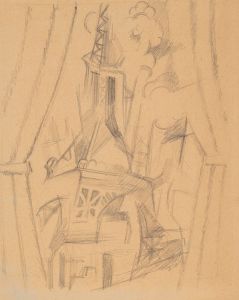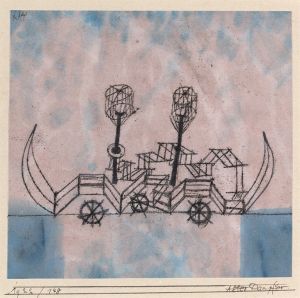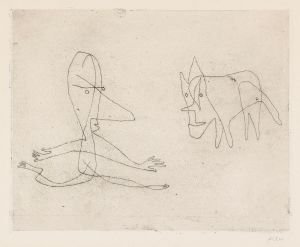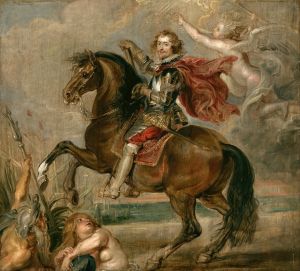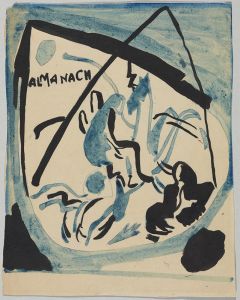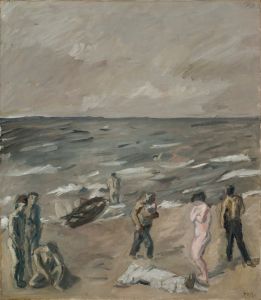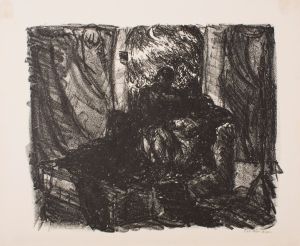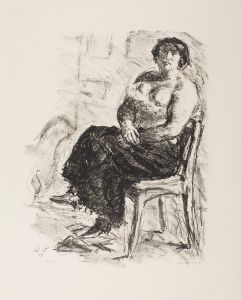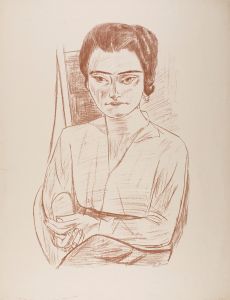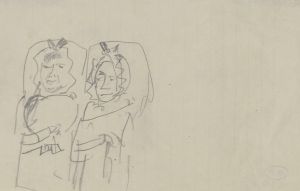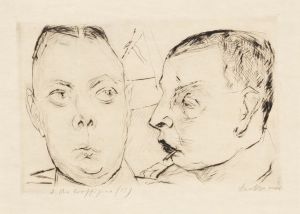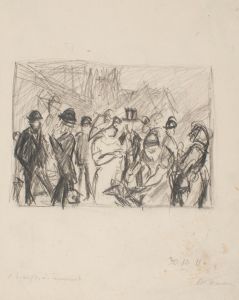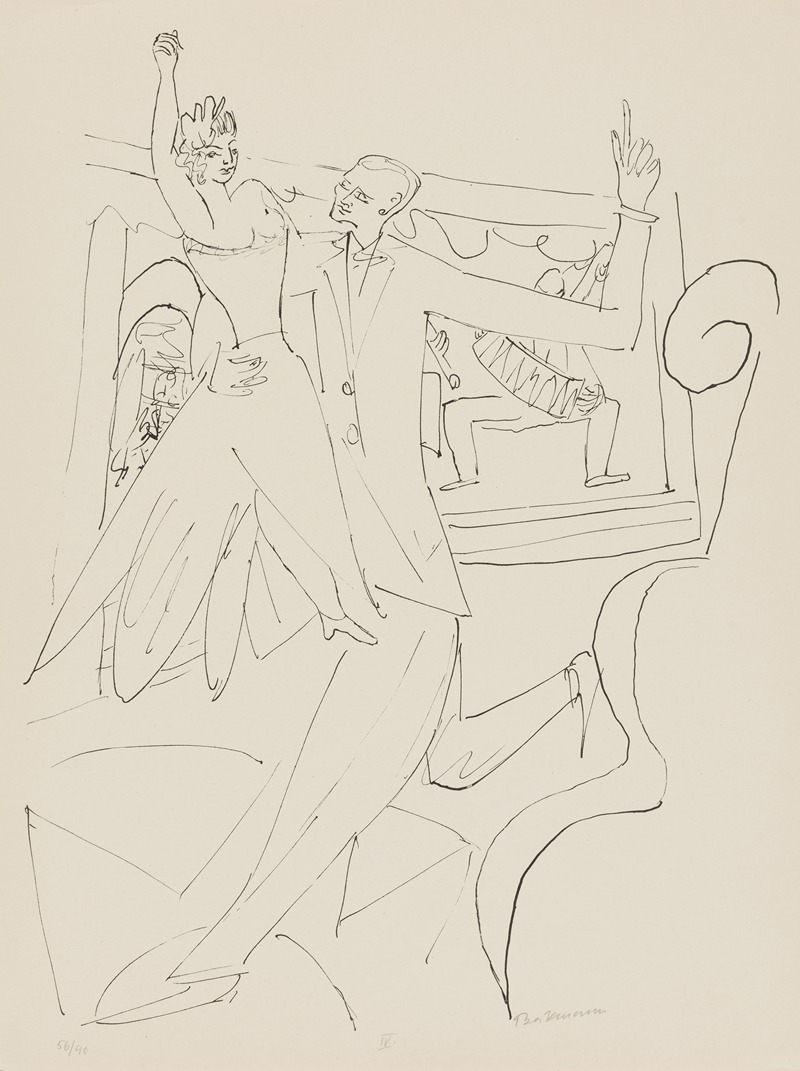
Tango
A hand-painted replica of Max Beckmann’s masterpiece Tango, meticulously crafted by professional artists to capture the true essence of the original. Each piece is created with museum-quality canvas and rare mineral pigments, carefully painted by experienced artists with delicate brushstrokes and rich, layered colors to perfectly recreate the texture of the original artwork. Unlike machine-printed reproductions, this hand-painted version brings the painting to life, infused with the artist’s emotions and skill in every stroke. Whether for personal collection or home decoration, it instantly elevates the artistic atmosphere of any space.
Max Beckmann, a prominent German painter, created the painting "Tango" in 1921. Beckmann is widely recognized for his contributions to the New Objectivity movement, which emerged in Germany during the 1920s as a reaction against expressionism. His works often reflect the social and political upheavals of his time, characterized by a distinctive style that combines elements of realism and expressionism.
"Tango" is a significant example of Beckmann's work during the Weimar Republic era, a period marked by both cultural flourishing and political instability in Germany. The painting captures the essence of the social dynamics and the vibrant nightlife of the time. Beckmann's interest in depicting scenes of urban life and entertainment is evident in this work, as he often explored themes related to the human condition, society, and the complexities of modern life.
In "Tango," Beckmann portrays a scene of dancers engaged in the tango, a dance that gained popularity in Europe during the early 20th century. The painting is notable for its dynamic composition and the use of bold, contrasting colors, which convey a sense of movement and energy. Beckmann's style in this painting reflects his ability to blend figuration with abstraction, creating a unique visual language that captures the intensity and emotion of the dance.
The figures in "Tango" are rendered with Beckmann's characteristic use of strong outlines and exaggerated forms, which lend a dramatic quality to the scene. The dancers appear almost sculptural, their bodies intertwined in a complex interplay of shapes and lines. This approach not only emphasizes the physicality of the dance but also suggests a deeper exploration of human relationships and emotions.
Beckmann's choice of subject matter in "Tango" can be seen as a reflection of the cultural milieu of the Weimar Republic, where dance halls and cabarets were central to the social life of the urban middle class. The tango, with its origins in the working-class neighborhoods of Buenos Aires, had by this time become a symbol of modernity and cosmopolitanism, appealing to the avant-garde sensibilities of artists and intellectuals in Europe.
The painting also reflects Beckmann's broader artistic concerns, including his interest in the theatrical and performative aspects of life. Throughout his career, Beckmann frequently depicted scenes of performance, whether in the form of dance, theater, or circus, using these settings as metaphors for the human experience. In "Tango," the dance becomes a metaphor for the complexities of human interaction, the tensions and harmonies that define relationships.
Max Beckmann's "Tango" is housed in a private collection, and as such, it is not as widely accessible as some of his other works. However, it remains an important piece within his oeuvre, illustrating his mastery of form and his ability to capture the spirit of his time. The painting continues to be studied and appreciated for its artistic and historical significance, offering insights into the cultural landscape of early 20th-century Europe and the enduring appeal of Beckmann's vision.





